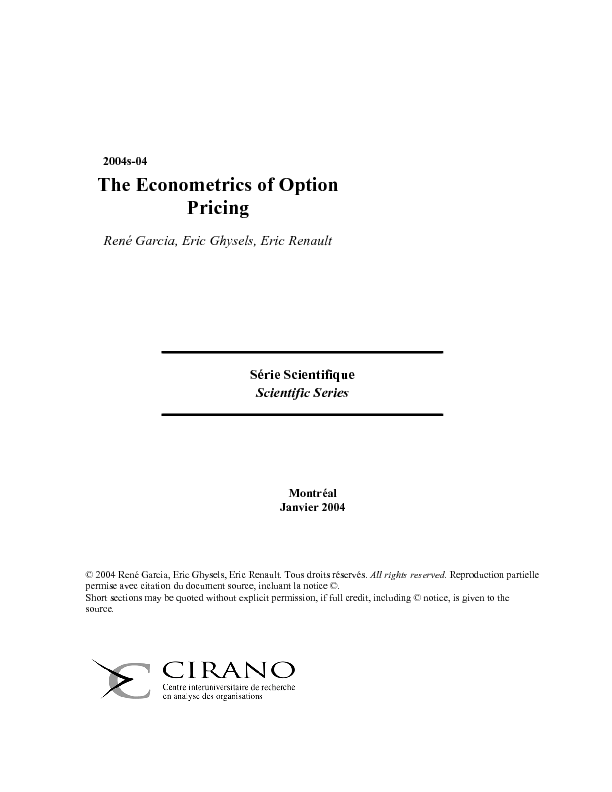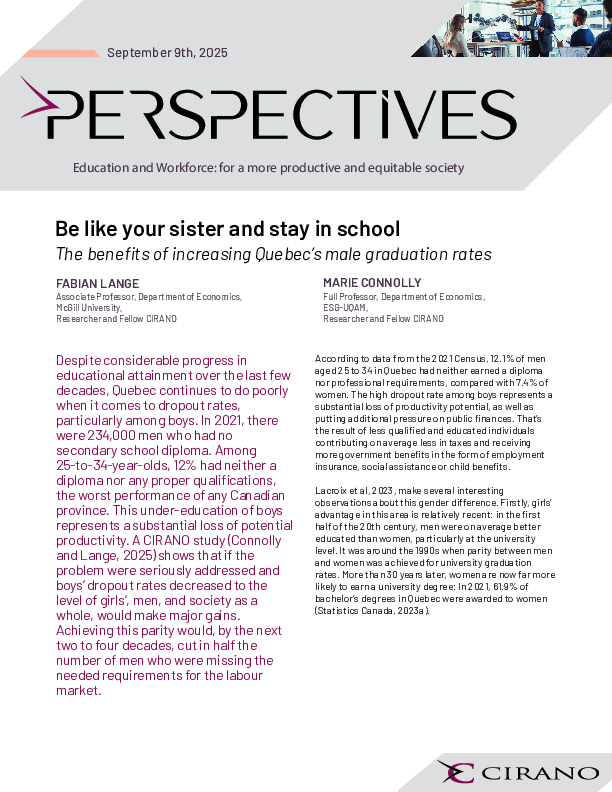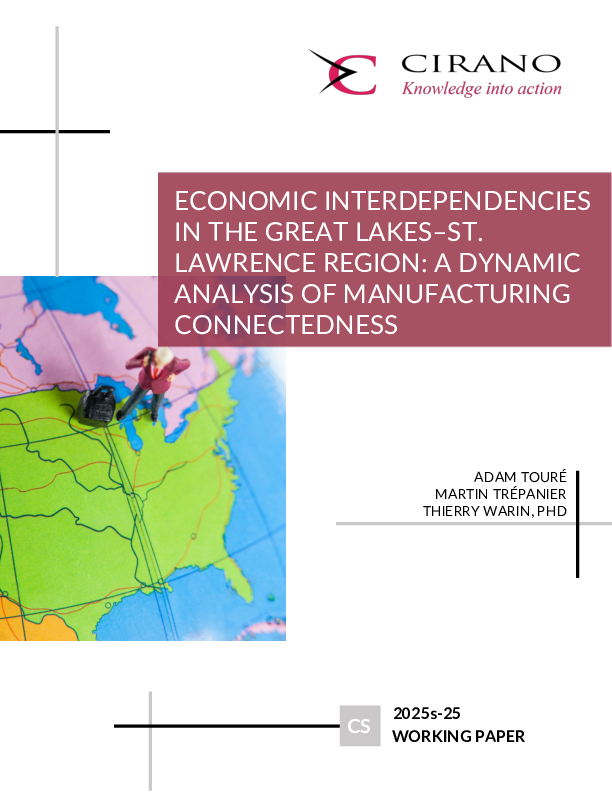The Econometrics of Option Pricing
In this survey, we review econometric models for conducting statistical inference on option price data. We limit our review to European options on a stock index as well as to statistical methods which have been specifically developped for options. Emphasis is put on the synthesis of the various models used in the literature. We start with discrete-time models based on the unifying principle of stochastic discount factor. We cover multinomial trees as well as risk neutral valuation in a conditionally log-normal setting. Extensions to mixtures of log-normals lead to stochastic volatility models, including models with leverage effect. We characterize implications of such models for volatility smiles and show that they are fully similar to the ones derived from continuous-time stochastic volatility models. We then review usual continuous-time models, in particular affine jump-diffusion models or models with several nonlinear factors, as well as extensions with Levy processes or long memory in volatility. We analyze in this context implicit state methods, both parametric (maximum likelihood) and semiparametric (method of moments). We conclude with a review of nonparametric methods which are used to extract pricing probability measures: canonical, implied binomial trees, and seminonparametric approaches (kernels, neural networks and splines). Extraction of preferences based on these measures are also discussed.
[ - ]




